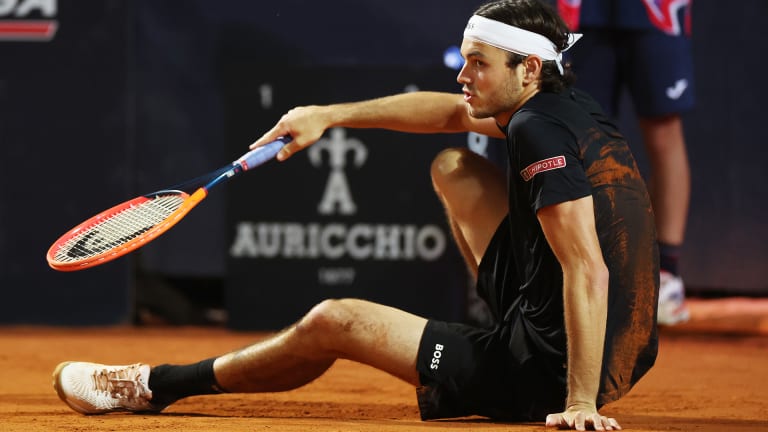“I actually grew up playing on clay. That was all I played on, even before going to play hard court tournaments. The green clay, not the good stuff.”
Tommy Paul, after advancing to the semifinals of the Rome Masters yesterday on red clay—improving on the success of compatriot and Rome quarterfinalist Taylor Fritz.
It’s been fascinating this week in Rome—throughout the European spring swing, actually—to see the American men discovering, in some cases rediscovering, the joys and secrets of tennis on “the good stuff,” aka red clay. How easy it’s been to forget that Paul defeated Fritz in the Roland Garros junior championships final of 2015.
This week, both of them went deep into the Rome draw, and Paul isn’t done yet. He has an excellent chance this evening in his semifinal with Chilean Nicolas Jarry, who upset No. 6 seed Stefanos Tsitsipas. On paper, Paul is the favorite, seeded No. 14 to Jarry’s No. 21.
Back in 2015, clay buffs chortled and dry-washed their hands at the prospect of the U.S. finally looking like it might produce worthy successors to Roland Garros singles champions Michael Chang, Jim Courier (a two-time winner in Paris), and Andre Agassi. The latter was the last American to hoist the singles trophy at Roland Garros. Was it really before the turn of the century? (Okay, 1999, but still...)

